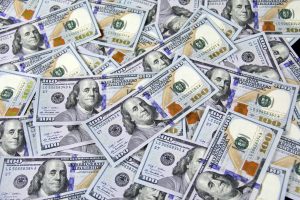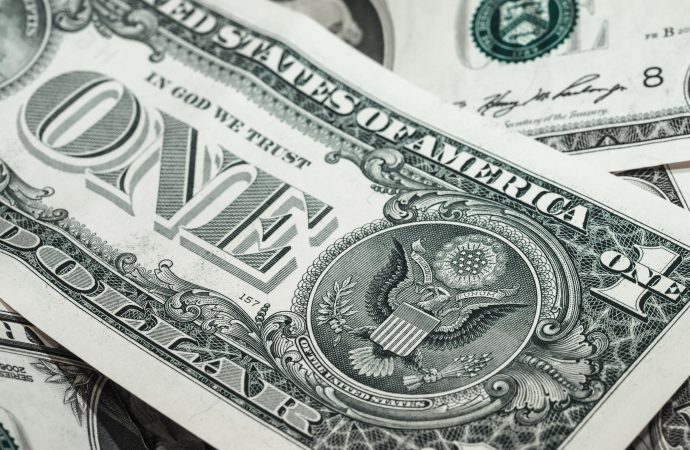In the heart of the global financial system, one currency stands supreme – the U.S. dollar. The greenback’s dominance in foreign exchange reserves is a cornerstone of international finance. But what is the secret to its unparalleled status? To explore this, we embark on a journey into the fascinating world of foreign exchange reserves, exploring
In the heart of the global financial system, one currency stands supreme – the U.S. dollar. The greenback’s dominance in foreign exchange reserves is a cornerstone of international finance. But what is the secret to its unparalleled status? To explore this, we embark on a journey into the fascinating world of foreign exchange reserves, exploring the ins and outs of how the dollar maintains its unrivaled prominence.
The Greenback’s Reign
A vast majority of central banks across the world maintain foreign exchange reserves, a form of insurance against economic turmoil, trade imbalances, and currency crises. These reserves primarily consist of various currencies and financial instruments, but the U.S. dollar is a clear standout. According to the International Monetary Fund (IMF), as of 2021, nearly 62% of the world’s allocated foreign exchange reserves were held in dollars.
This dominance can be attributed to several key factors:
1. Stability and Trustworthiness
The U.S. dollar’s relative stability has long been an attraction for central banks. Amidst the ebbs and flows of the global economy, the greenback has maintained a strong position, offering a reliable store of value.
2. Liquidity
The dollar’s unparalleled liquidity ensures that it can be readily used for trade, investments, and other financial transactions. Its widespread acceptance minimizes transaction costs, which makes it the preferred choice for international commerce.
3. Global Trade
The U.S. dollar’s role as the world’s primary trade currency bolsters its prominence in foreign exchange reserves. Many commodities, like oil, are priced and traded in dollars, creating a natural demand for the currency.
4. Historical Precedence
The dollar’s ascent to global dominance was solidified after World War II when the Bretton Woods Agreement pegged various currencies to the dollar, which, in turn, was pegged to gold. Though the gold standard was abandoned in 1971, the dollar’s primacy endured.
Challenges and Alternatives

Photo by John Guccione www.advergroup.com: https://www.pexels.com/photo/100-us-dollar-banknotes-3483098/
However, the dollar’s status is not unassailable. Calls for diversification have grown louder in recent years. Some nations, like Russia and China, have taken steps to reduce their reliance on the dollar in international trade. They argue that depending too heavily on the greenback makes their economies vulnerable to the U.S.’s monetary policy and economic conditions.
Other options have emerged, like the International Monetary Fund’s Special Drawing Rights (SDRs) and digital currencies such as Bitcoin, which offer potential alternatives to the dollar’s dominance.
The Future of the Dollar
As we move forward into an increasingly interconnected and digital world, the U.S. dollar’s role in foreign exchange reserves remains a subject of debate. Its stability and liquidity are likely to keep it in demand for some time, but the rise of alternatives, changing international dynamics, and the ever-evolving global financial landscape may ultimately reshape the dollar’s role.
In conclusion, the U.S. dollar’s place in foreign exchange reserves is the bedrock of the global financial system, a testament to its enduring strength. However, as the world evolves, central banks are likely to explore new options to diversify their reserves, making the future of the greenback a topic of continual interest in the world of finance.

















Leave a Comment
Your email address will not be published. Required fields are marked with *